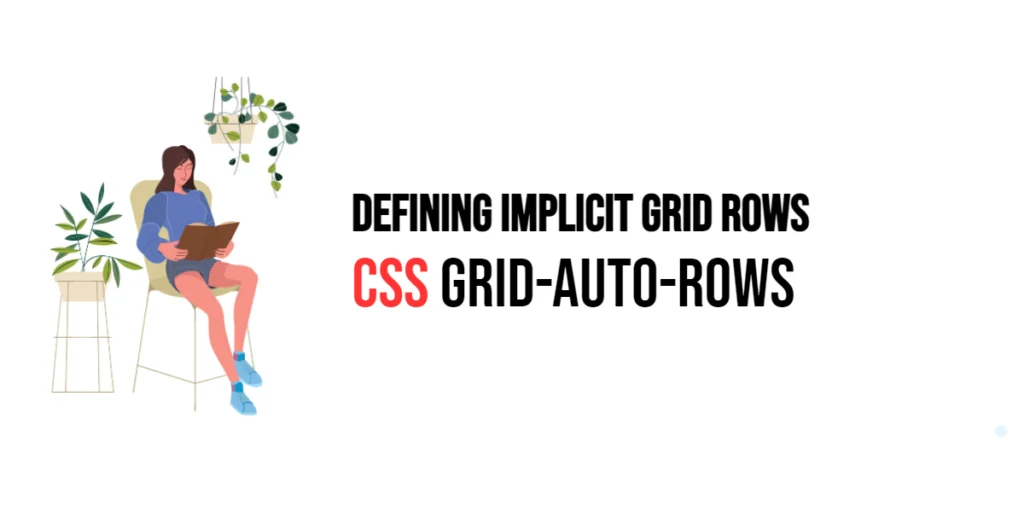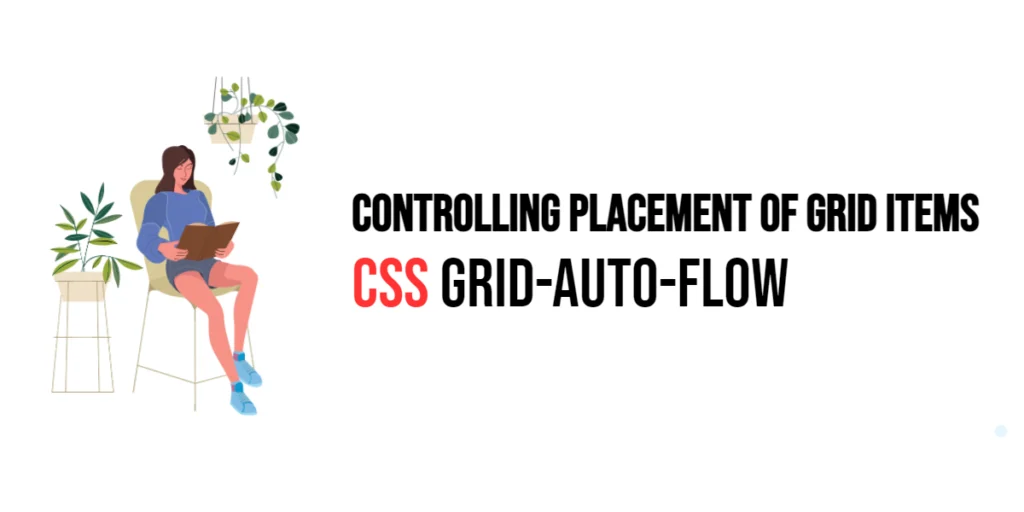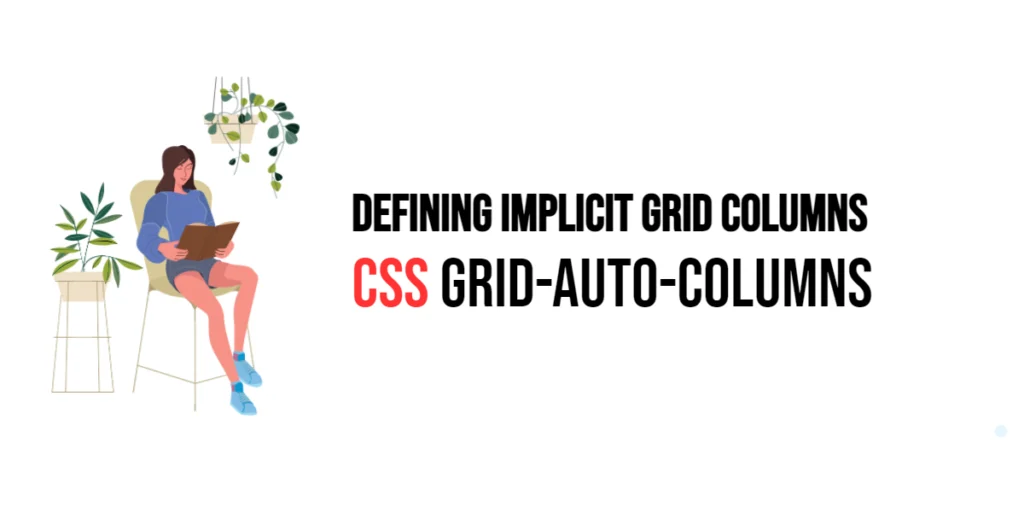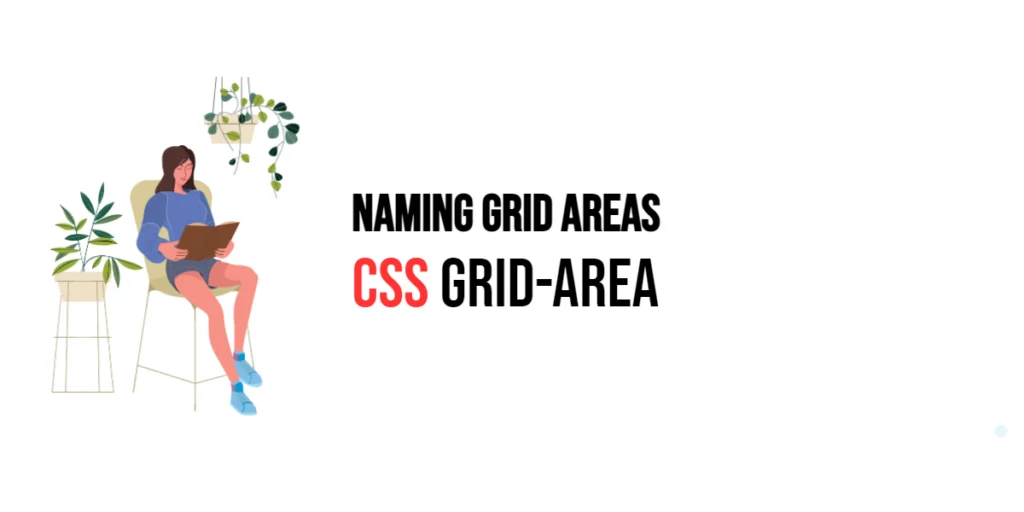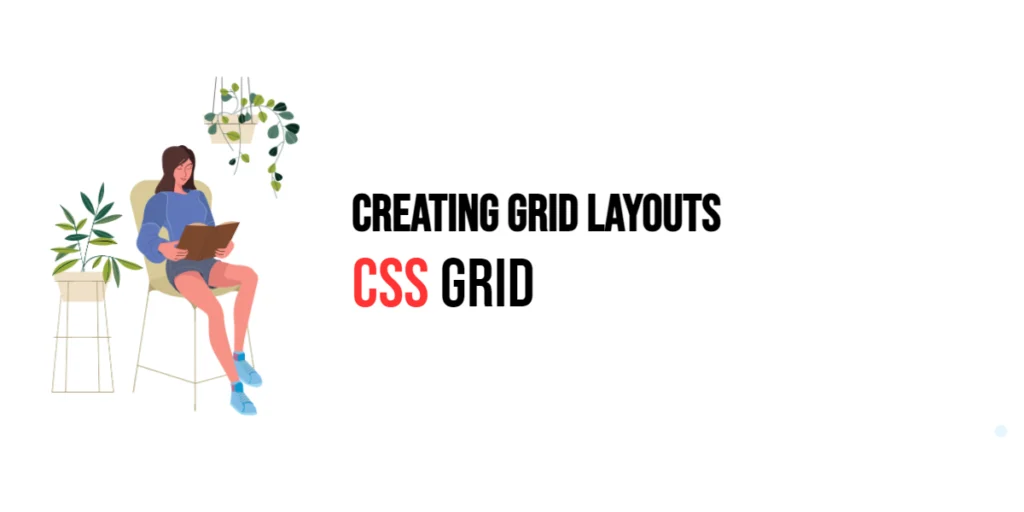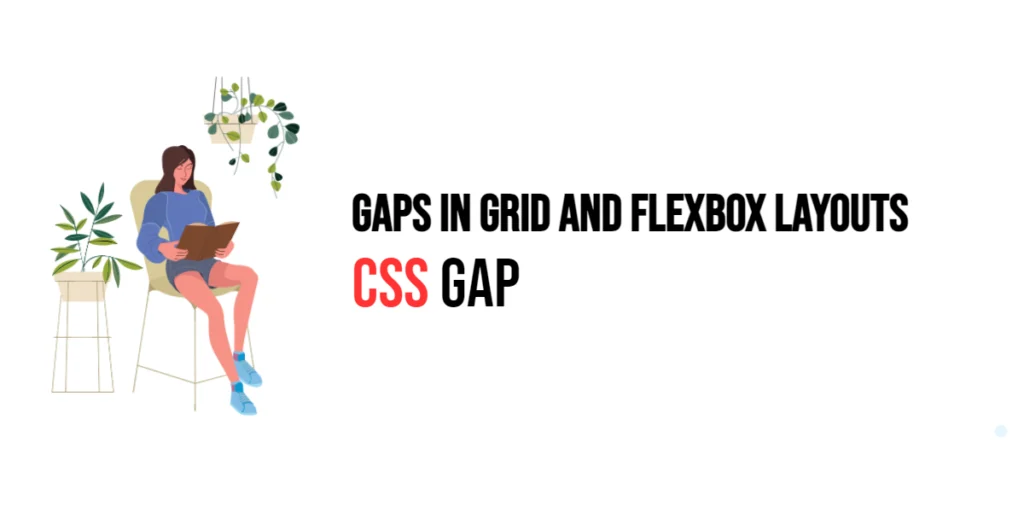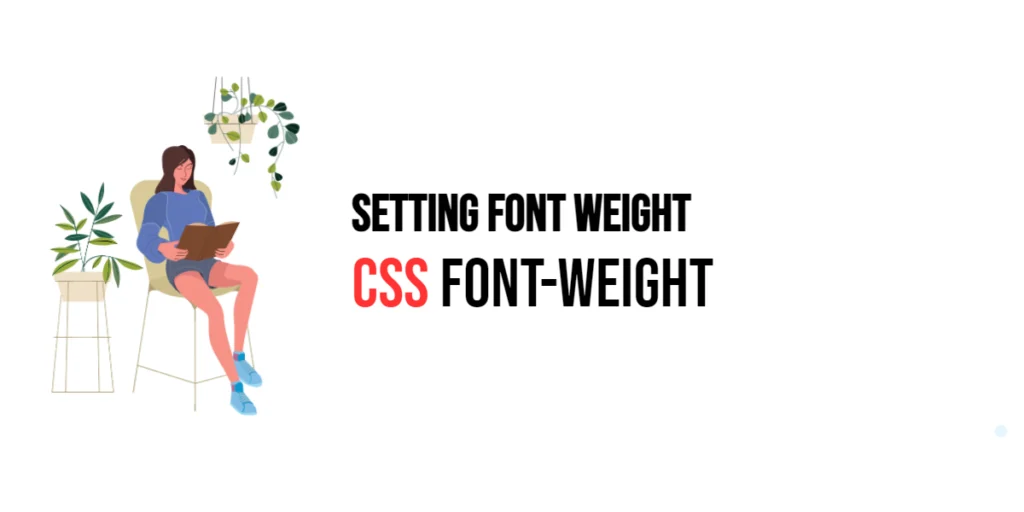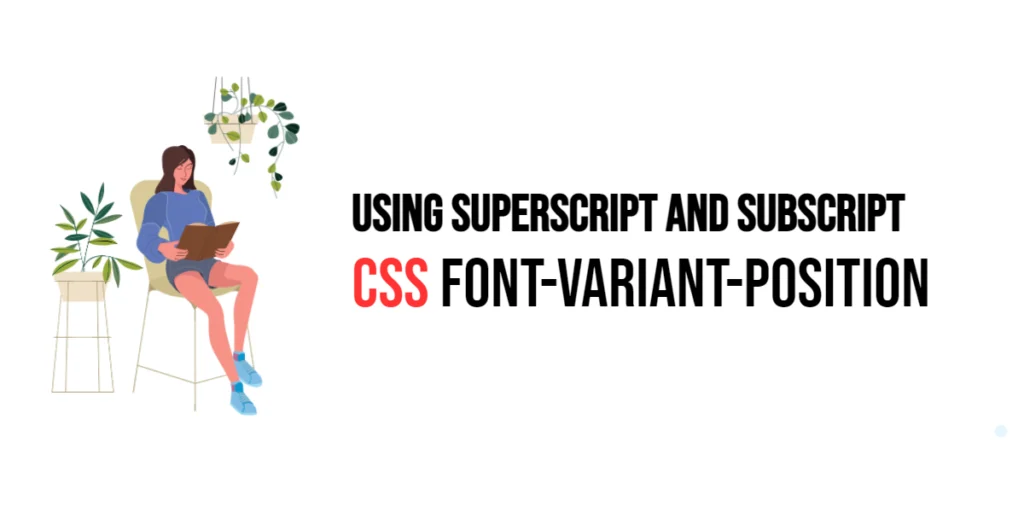CSS: Grid-Column – Placing Grid Items by Column
CSS Grid Layout is a powerful tool for creating complex and responsive web layouts. One of its most useful properties is grid-column, which allows developers to control the placement of grid items within columns. By specifying the starting and ending positions of grid items, grid-column provides precise control over the layout, making it easier to […]
CSS: Grid-Column – Placing Grid Items by Column Read More »

